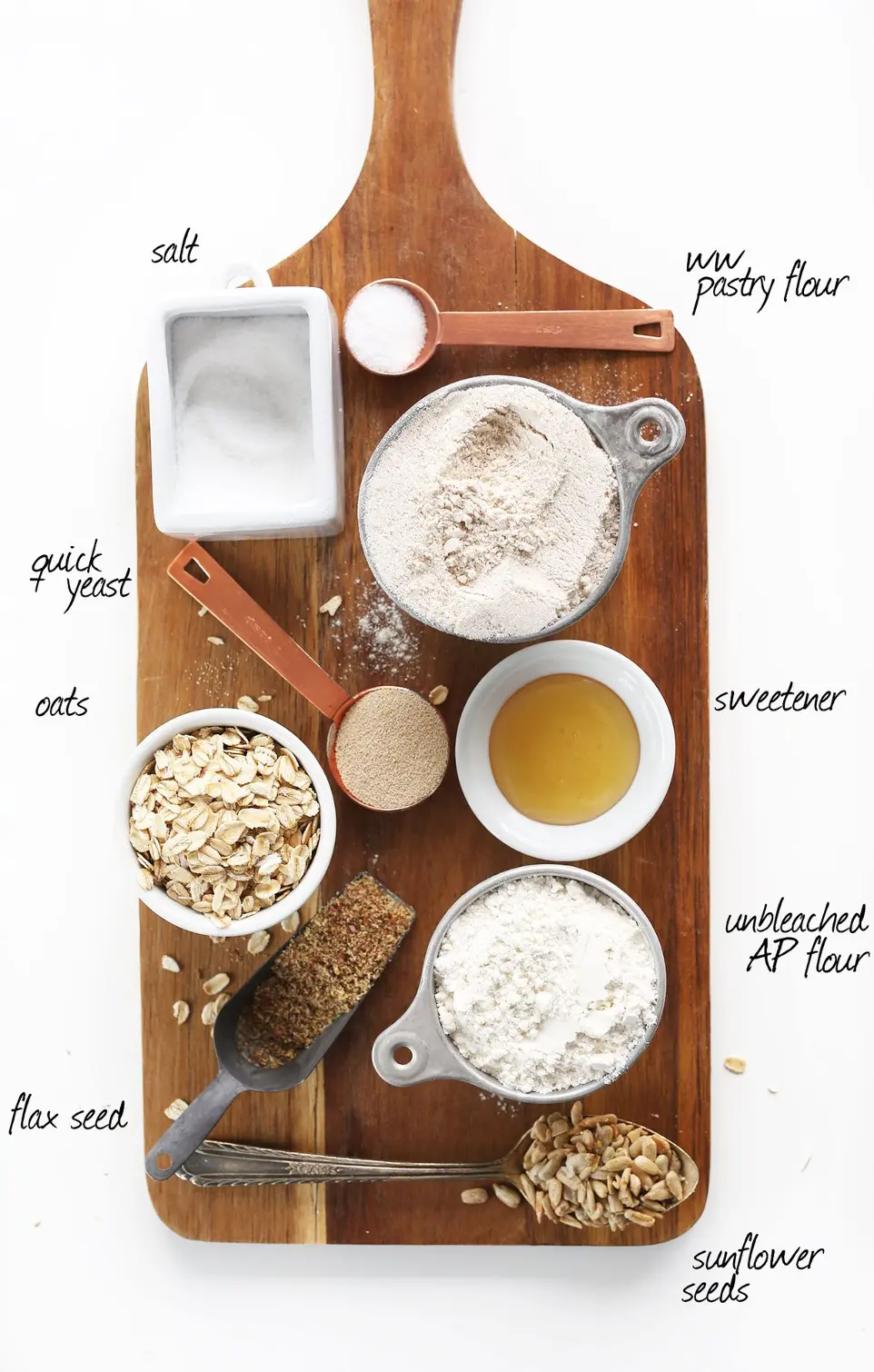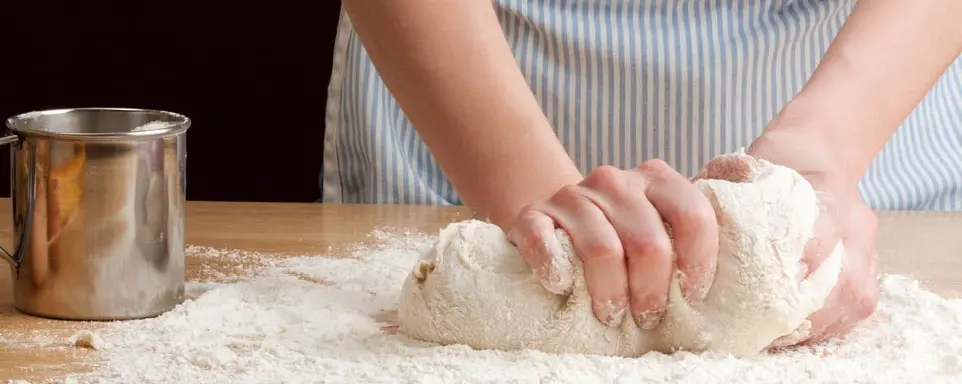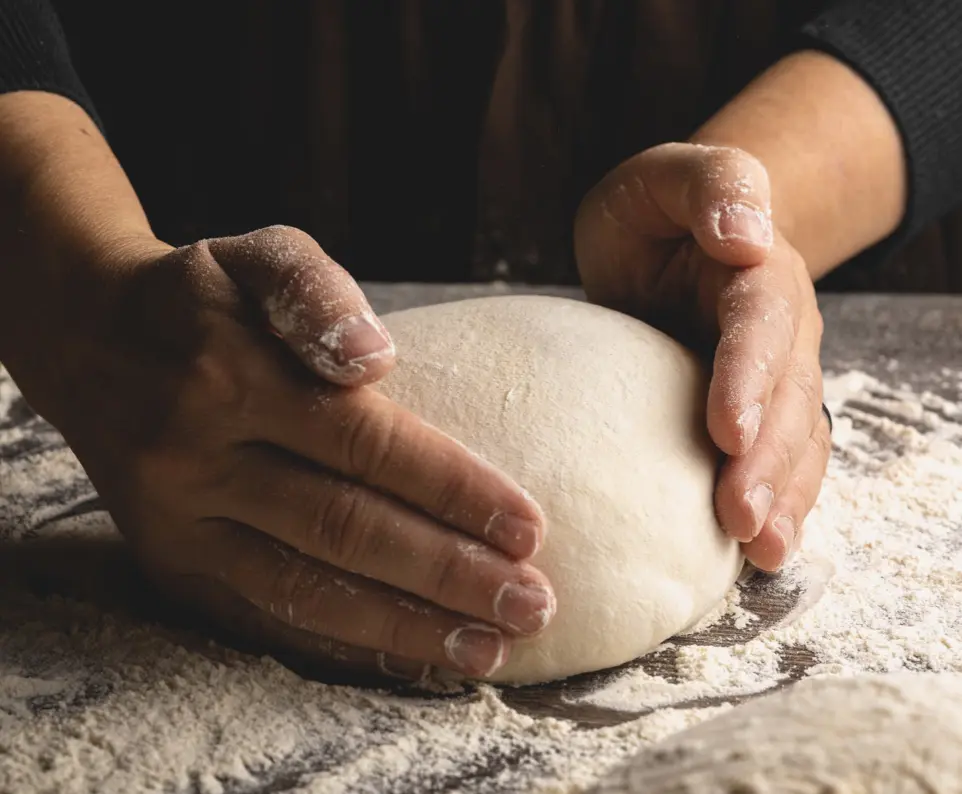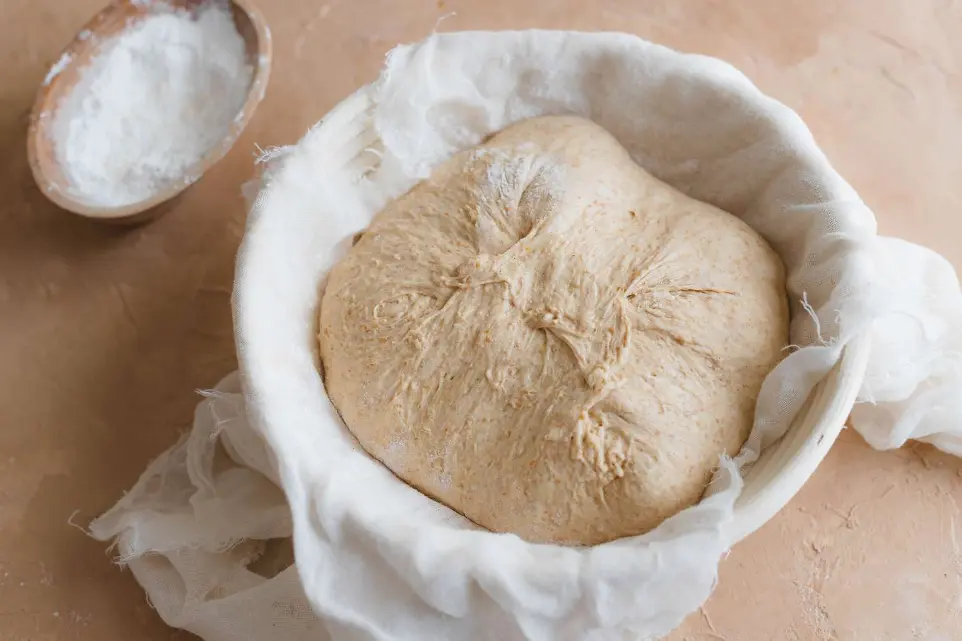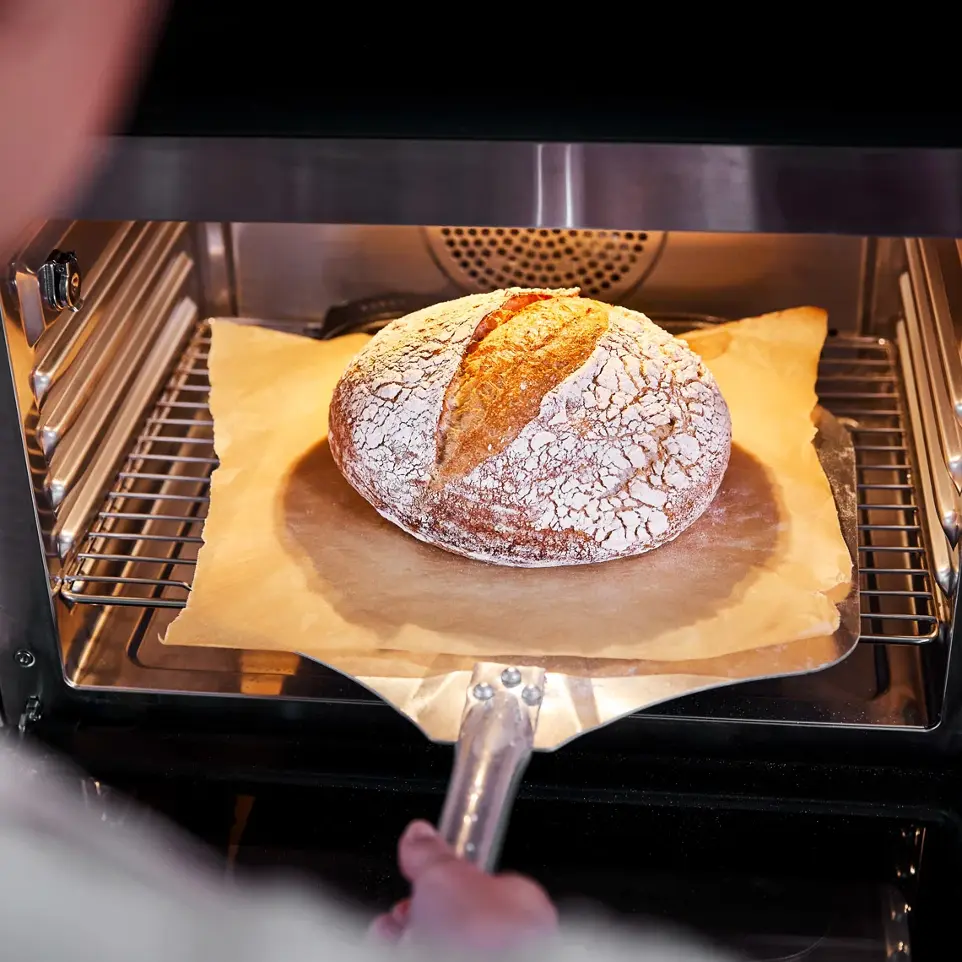Whether you’re a passionate home baker or an aspiring pastry chef, mastering the art of cake frosting is the ultimate way to elevate your baking game. A perfectly frosted cake doesn’t just look stunning—it promises a delightful experience from the first glance to the last bite.
In this guide, we’ll reveal the professional techniques and secrets behind flawless cake frosting. Get ready to transform your cakes from homemade to showstopper!
Why Perfect Frosting Matters
Before we get into the techniques, let’s understand why perfect frosting is crucial:
First Impressions Count: Visual appeal matters. Smooth, elegant frosting makes your cake irresistible.
Texture Balance: Frosting isn’t just decoration—it enhances texture and complements cake flavors.
Professional Finish: Whether for a celebration or a client, polished frosting showcases your skill and attention to detail.
1. Start with a Well-Prepared Cake
Perfect frosting begins with the perfect canvas.
Cool Completely: Never frost a warm cake! Chill your cake layers to prevent melting and slipping.
Trim and Level: Use a serrated knife or cake leveler to create even layers for smooth stacking.
Crumb Coat: Apply a thin layer of frosting (crumb coat) to lock in loose crumbs before your final frosting layer.
Pro Tip: Freeze your cake layers for 20–30 minutes before frosting. This makes them firmer and easier to work with.
2. Choose the Right Frosting
Not all frostings are created equal! Choose based on your cake type and desired finish:
Buttercream: Smooth, versatile, and perfect for beginners and pros alike.
Ganache: Luxurious and glossy, ideal for a rich finish.
Whipped Cream: Light and airy, great for fresh fruit cakes.
Cream Cheese Frosting: Tangy and creamy, perfect for carrot and red velvet cakes.
SEO Tip: If you're searching online, try terms like "best frosting for layer cakes" or "smooth buttercream recipe."
3. Master the Tools of the Trade
Invest in quality tools for professional results:
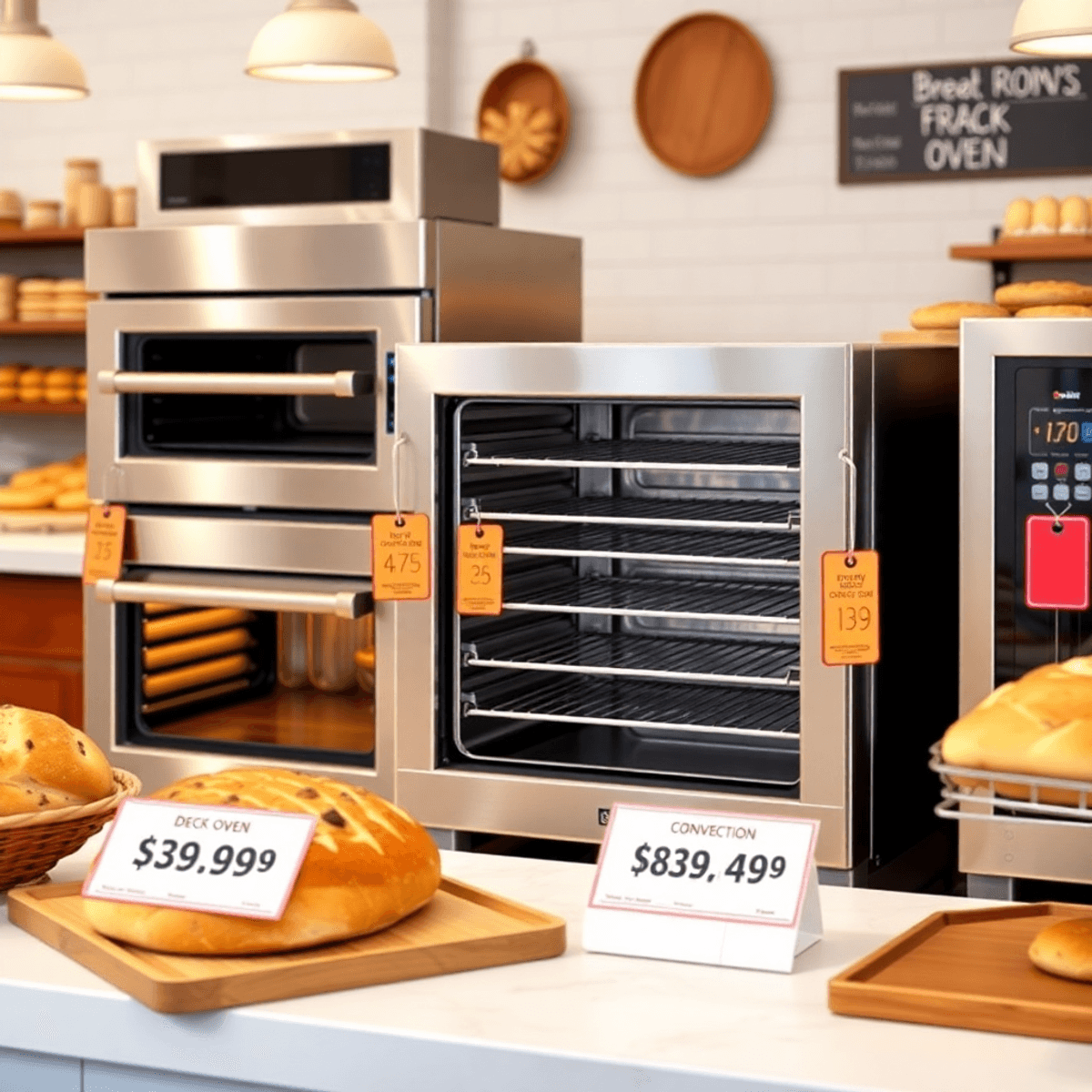
Offset Spatula: For smooth spreading and clean edges.
Bench Scraper: Essential for perfectly smooth sides.
Turntable: Allows for effortless, even application.
Clean your tools frequently while working to avoid crumbs in your final layer!
4. Techniques for Smooth and Even Frosting
Here’s the step-by-step process:
Apply the Crumb Coat: Spread a thin, even layer over the cake. Chill for 15–30 minutes.
Add the Final Layer: Use generous amounts of frosting, then smooth it out with your spatula and scraper.
Use the Turntable: Keep the turntable spinning slowly as you hold your scraper steady against the sides.
Warm the Tools: Dip your spatula in warm water and wipe dry for an ultra-smooth finish.
Pro Tip: For textured finishes, use the back of a spoon or comb tools to create stunning patterns.
5. Finish with Flair
Don’t stop at a smooth base—decorative details can make your cake unforgettable:
Piping: Add borders, rosettes, or writing with a piping bag.
Fresh Flowers & Fruits: Place them strategically for an elegant touch.
Edible Glitter & Sprinkles: For festive sparkle.
And of course, don’t forget to capture photos for your baking portfolio or social media!
Bonus: Troubleshooting Common Frosting Issues
Frosting Too Soft? Chill it briefly to firm up.
Cake Crumbs in Frosting? Apply a thicker crumb coat and scrape off excess crumbs.
Uneven Layers? Use a cake leveler and weigh your batter for even layers.
